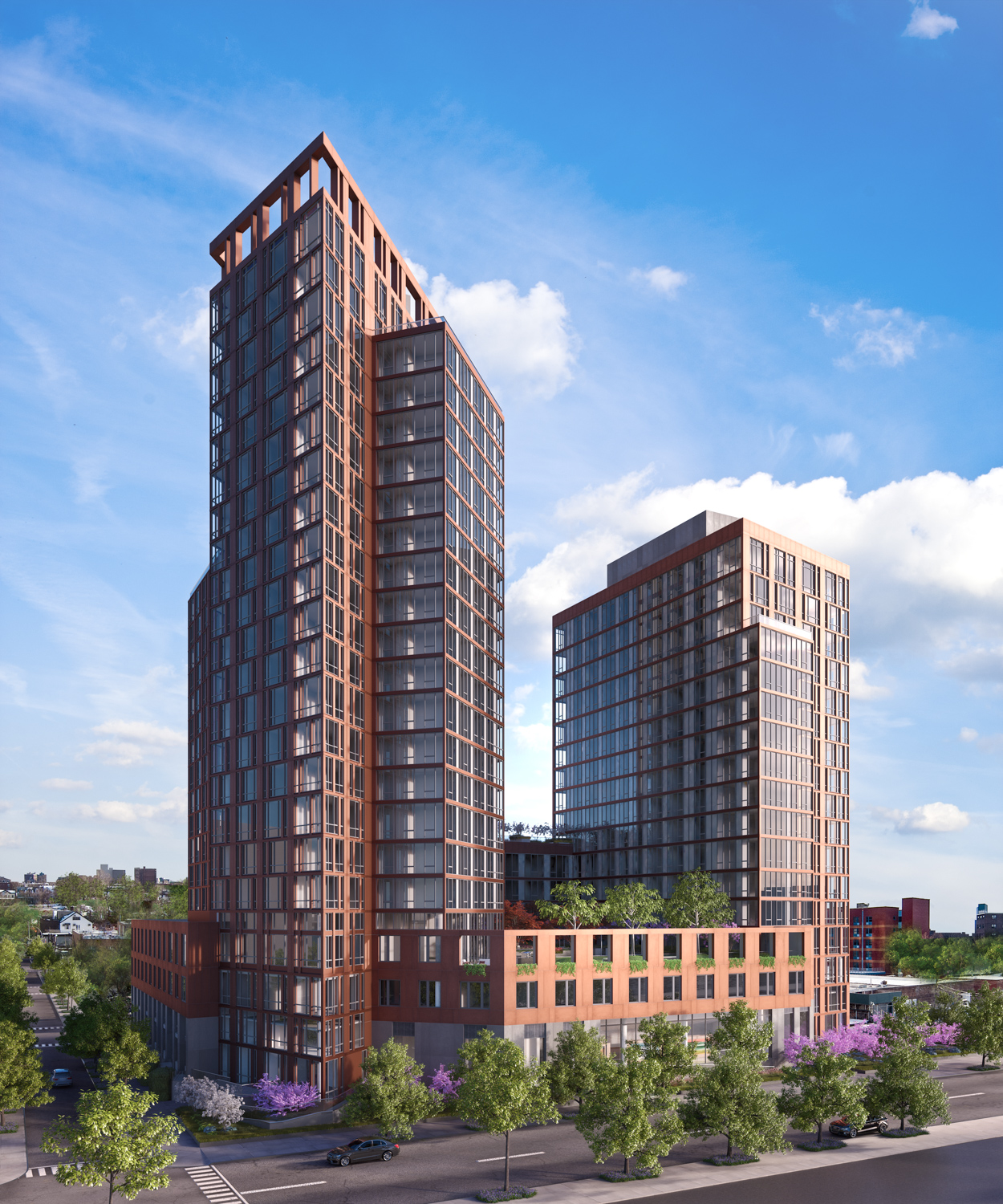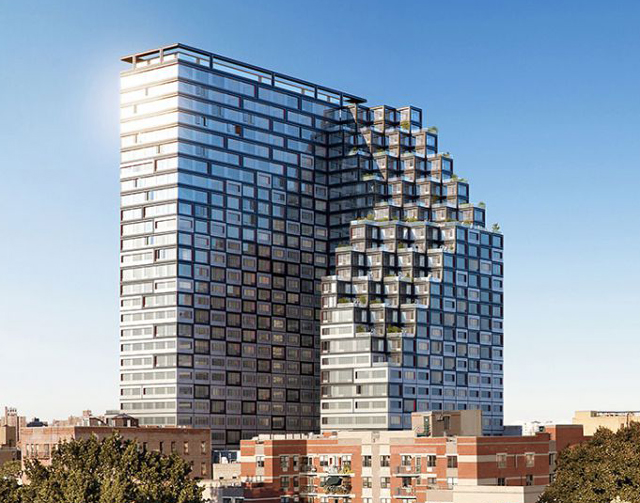One Manhattan West’s $1.5B loan led the pack New York /December 31, 2020 05:37 PMBy Keith Larsen | Research By Jerome Dineen
One Manhattan West, Grace Building and St. John’s Terminal top our list for the biggest finance deals. (Brookfield Property Partners, SHVO)
New York’s commercial real estate market took a beating in 2020. In one indicator, the 10 largest investment sales of the year totaled $5 billion, a 37 percent dropoff from the $8 billion the previous year.
Not surprisingly, finance deals dropped off considerably this year, as well. The 10 largest loans in New York totaled $7.9 billion, about 28 percent less than the $10.9 billion from the previous year.
Even during the pandemic, some of the city’s largest developers like Brookfield Property Partners, Vornado Realty Trust and SL Green Realty were able to secure huge financing deals north of $1 billion.
Still, securing financing was no small task. Lenders have been wary of making long-term commitments to developers given the uncertainty around pricing and demand. That was especially evident when it came to office, retail and hotel properties in the city. While Midtown office landlords have tried to lure tenants back, employees have settled into the work-from-home-world, hotels are still empty and who knows when Time Square will be bustling with tourists again.
Source: A TRD analysis of Department of Finance records dated from Jan. 1 to Dec. 8, 2020. Refinancing deals with the same lenders were excluded.ADVERTISEMENT
1. One Manhattan West, $1.5 billion
Brookfield Property Partners and Qatar Investment Authority scored the biggest deal with this refinancing for One Manhattan West, a 70-story tower in Hudson Yards. The duo closed in September, through the commercial mortgage backed securities market. The refinancing also included two mezzanine loans totalling $300 million.
The 2.1 million-square-foot office portion of the building was 94-percent leased to seven major tenants and three Brookfield affiliates as of Aug. 1. The two largest tenants are the law firm Skadden Arps and “big four” accounting firm Ernst & Young, which have about 61 percent of the property’s total net rentable area.
2. Grace Building, $1.25 Billion
Brookfield also holds the distinction of having the second largest financing deal. Brookfield and Swig Company refinanced the 49-story Grace Building at 1114 Sixth Avenue with a $1.25 billion loan from Bank of America, JPMorgan Chase, Credit Suisse and Deutsche Bank.ADVERTISEMENT
San Francisco-based Swig developed the 1.56 million-square-foot property in 1974, while Brookfield acquired its stake in 2006 as part of its acquisition of Trizec Properties.
3. St. John’s Terminal, $973 Million
Oxford Properties and the Canadian Pension Plan scored $973 million in construction financing to redevelop St. John’s Terminal. Wells Fargo led the financing, which included TD Bank and JPMorgan, Atlas Capital Group and Westbrook Partners.
Google, the sole tenant at St. John’s Terminal, selected the site in 2018 as part of its expansion plan.
Renderings for the project, designed by COOKFOX Architects, were released in 2018. The plans showed the redevelopment would retain the first three stories of the former rail warehouse at 500 Washington Street, and add another nine floors.
4. One Court Square, $880 Million
Savanna secured an $880 million recapitalization of its 1.5 million-square-foot One Court Square project in Long Island City at the beginning of the year.ADVERTISEMENT
Savanna secured the $580 million senior loan from funds managed by Apollo Global Management and $100 million of subordinate debt from SL Green Realty. Junius Real Estate Partners provided $200 million, converting its ownership position into a preferred equity stake, according to Commercial Observer. Savanna was left with a 1 million-square-foot hole in its rent roll in LIC over a year ago, after Amazon backed out of its plans to build a second headquarters in New York City.
5. One Manhattan Square, $690 Million
Gary Barnett’s Extell Development scored $690 million refinancing for its 80-story, 815-unit condo tower in Two Bridges. The deal closed in the beginning of the year.
The new debt consisted of a $553.5 million senior inventory loan and a $138.2 million mezzanine loan. Blackstone Group was the lender. In August, city property records showed that 173 units had closed.
6. 410 Tenth Avenue, $600 Million
SL Green Realty nabbed this $600 million construction loan for its West Side office redevelopment in September. The new financing was provided by a group of domestic and international banks led by Goldman Sachs and Wells Fargo. The new debt replaces a $465 million loan that was provided in 2019.ADVERTISEMENT
In 2018, the REIT acquired a majority interest in 410 Tenth Avenue, previously known as 460 West 34th Street, valuing the property at $440 million. Nearly half of the 636,000-square-foot building will be occupied by Amazon, which signed a lease for 335,000 square feet.
7. Coca-Cola Building, $545 Million
A partnership led by Michael Shvo secured the $545 million loan to refinance the Coca-Cola building. Provided by Goldman Sachs and Bank of America, it replaced $600 million of debt at the property at 711 Fifth Avenue.
Shvo’s group — which included Turkish developer Bilgili Holding, private equity firm Deutsche Finance America and German pension fund Bayerische Versorgungskammer — acquired the property in September 2019 for $937 million. That came just weeks after Coca-Cola chose to sell the property to a partnership of Nightingale Properties and Wafra Capital Partners for $909 million.
8. 120 Broadway, $510 Million
Silverstein Properties and UBS Realty Investors secured the refinancing in March. It included $410 million of fixed-rate and $100 million of floating-rate debt. Lending was led by Wells Fargo, and included Bank of New York and U.S. Bank. The new debt replaced a $310 million CMBS loan Wells provided in 2013.ADVERTISEMENT
8. 220 East 42nd Street, $510 Million
SL Green Realty secured a $510 million mortgage in June for the Daily News Building at 220 East 42nd Street. The development group secured the financing from a lending group led by Aareal Capital Corp., Citi and Credit Agricole.
The landlord had acquired the 37-story Art Deco tower for $265 million in 2003, and entered a contract to sell it for $815 million last fall.
10. 11 Penn Plaza, $500 Million
Vornado secured this loan from Citibank to refinance the 23-story, 1.1 million-square-foot 11 Penn Plaza. The project sits across the street from the REIT’s Farley Post Office redevelopment.
Apple signed a 220,000-square-foot lease at the building in February, taking over space from Macy’s, which is moving its headquarters to Tishman Speyer’s JACX complex in Long Island City


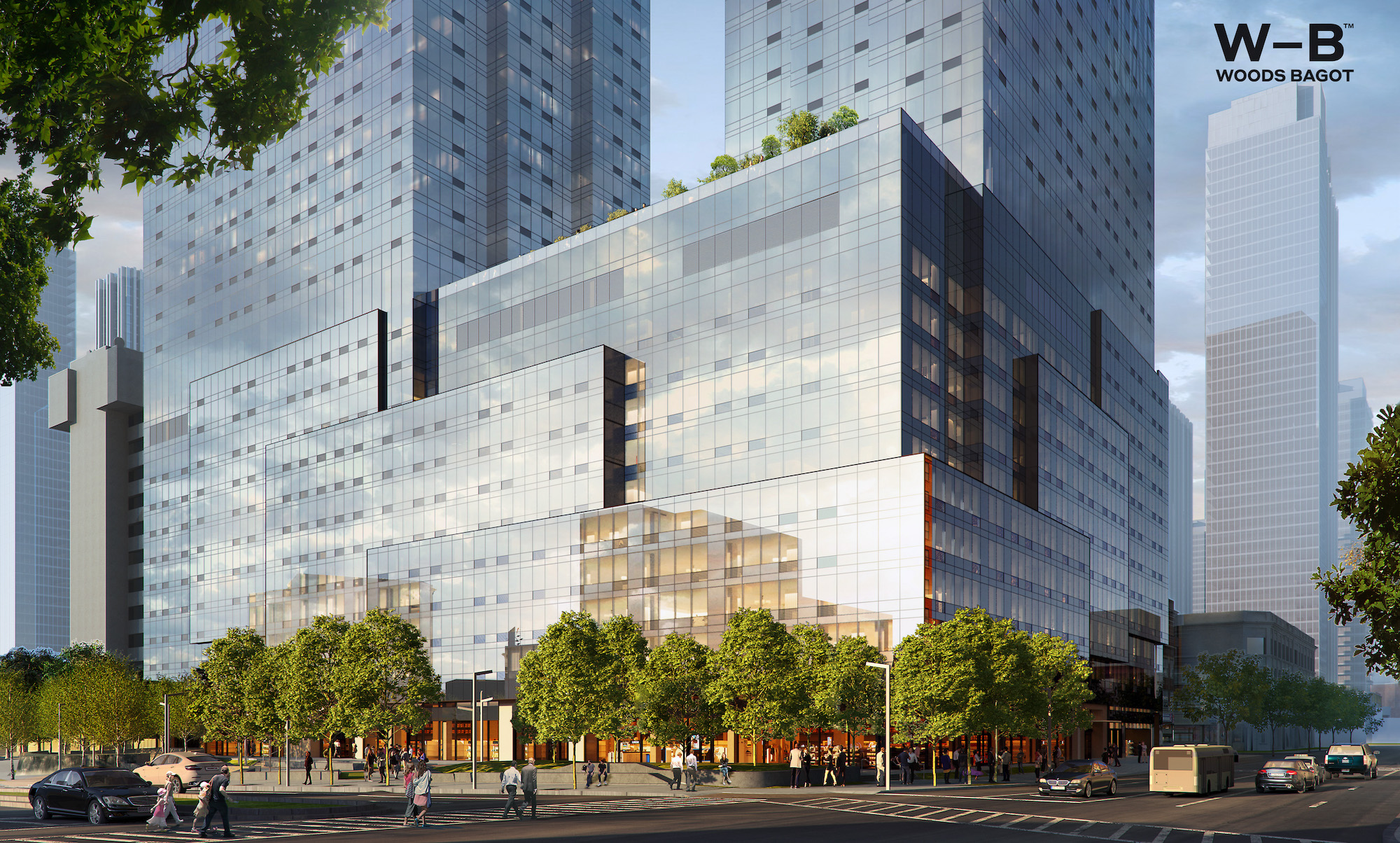

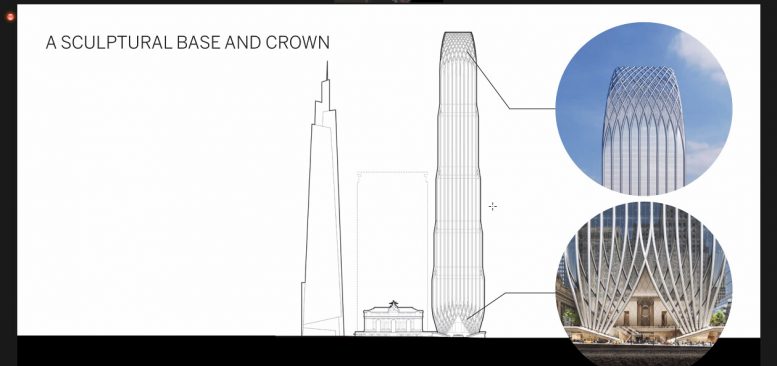 Project Commodore, aka 175 Park Avenue. Rendering by Skidmore Owings & Merrill.
Project Commodore, aka 175 Park Avenue. Rendering by Skidmore Owings & Merrill.



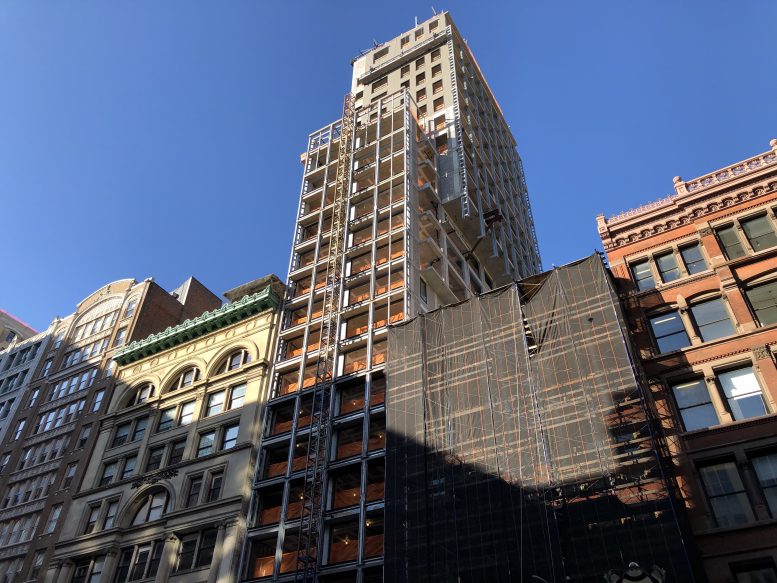 39 West 23rd Street. Photo by Michael Young
39 West 23rd Street. Photo by Michael Young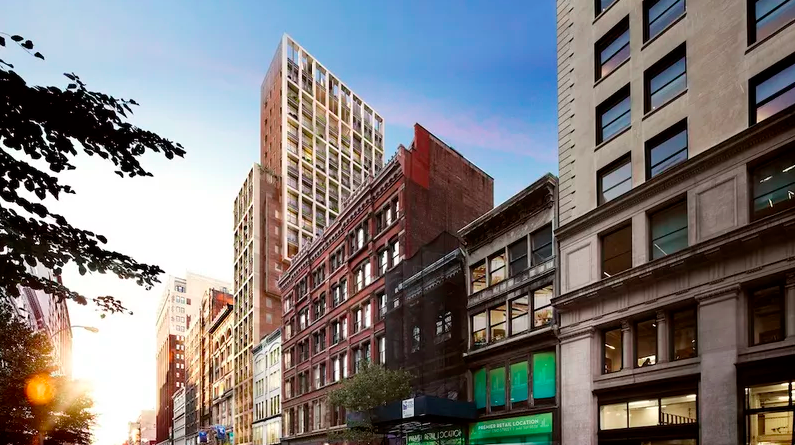
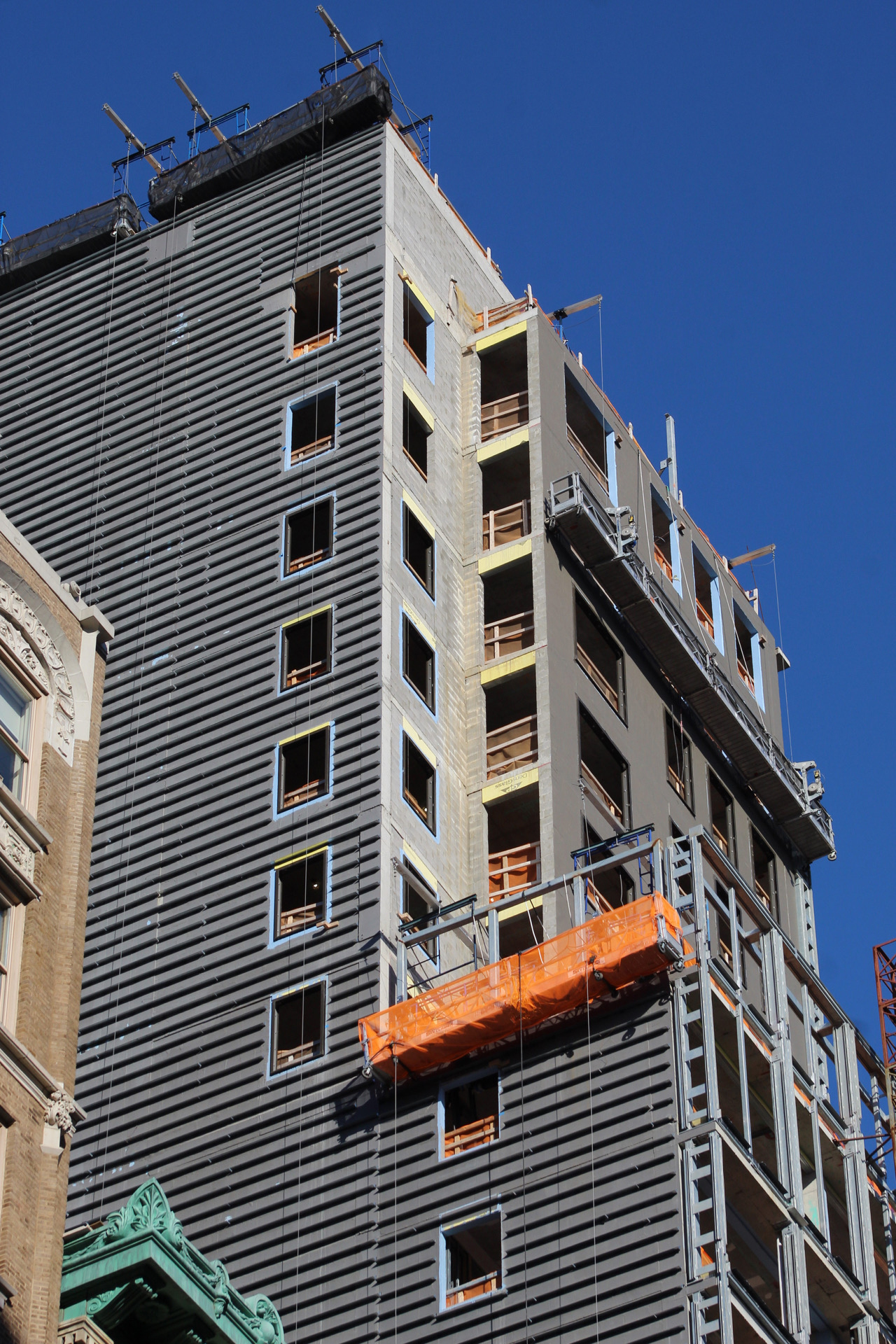
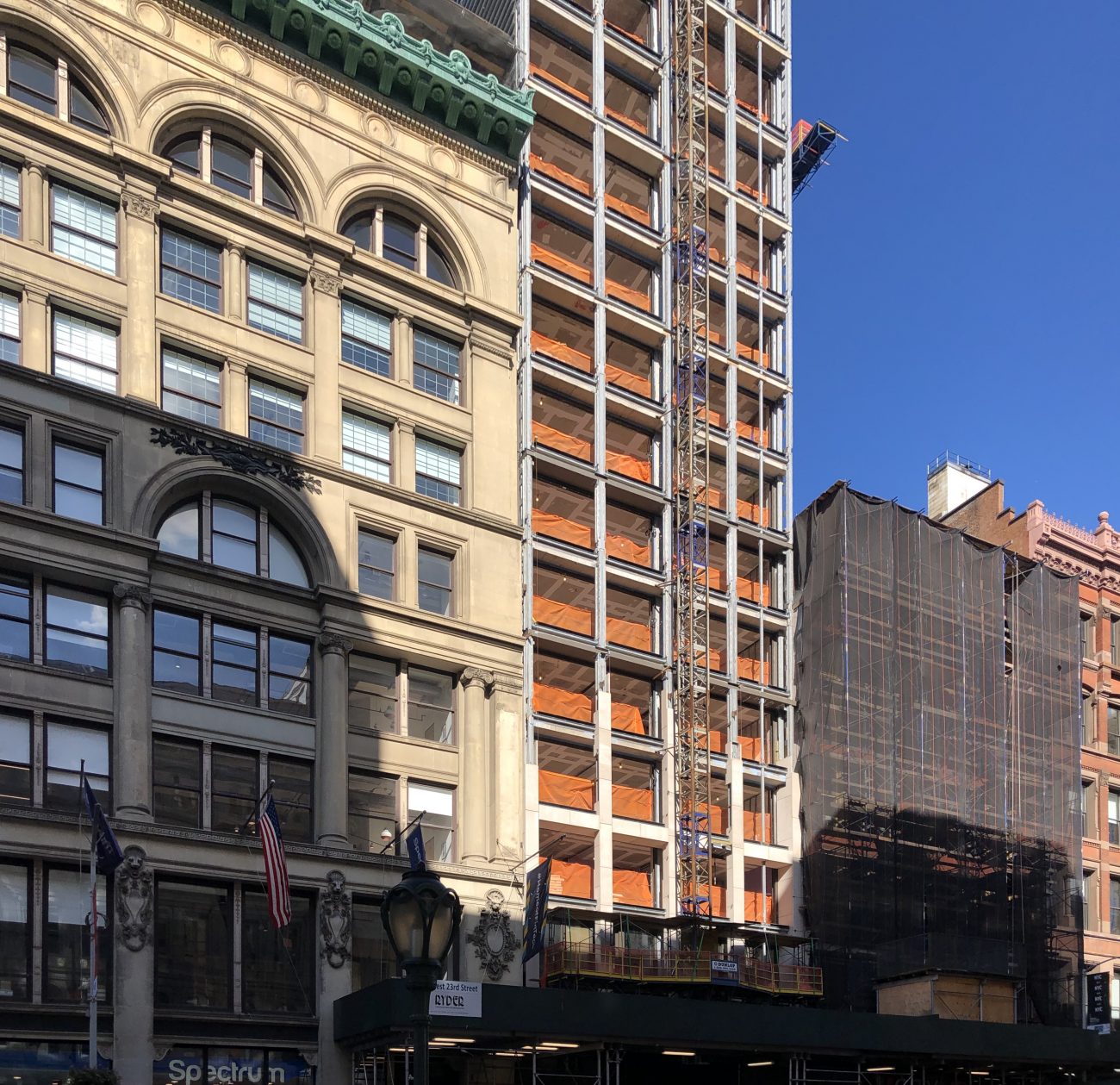
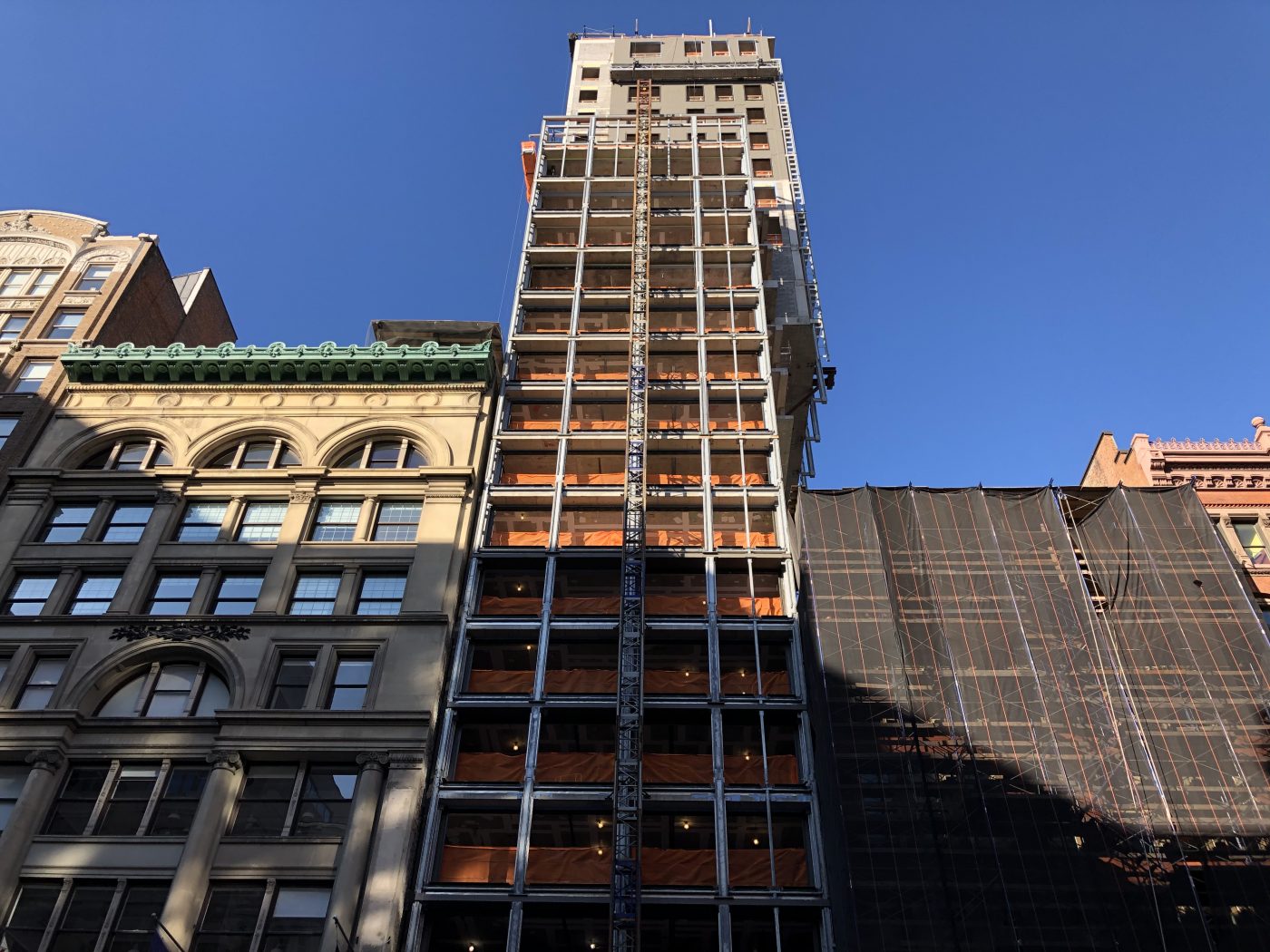
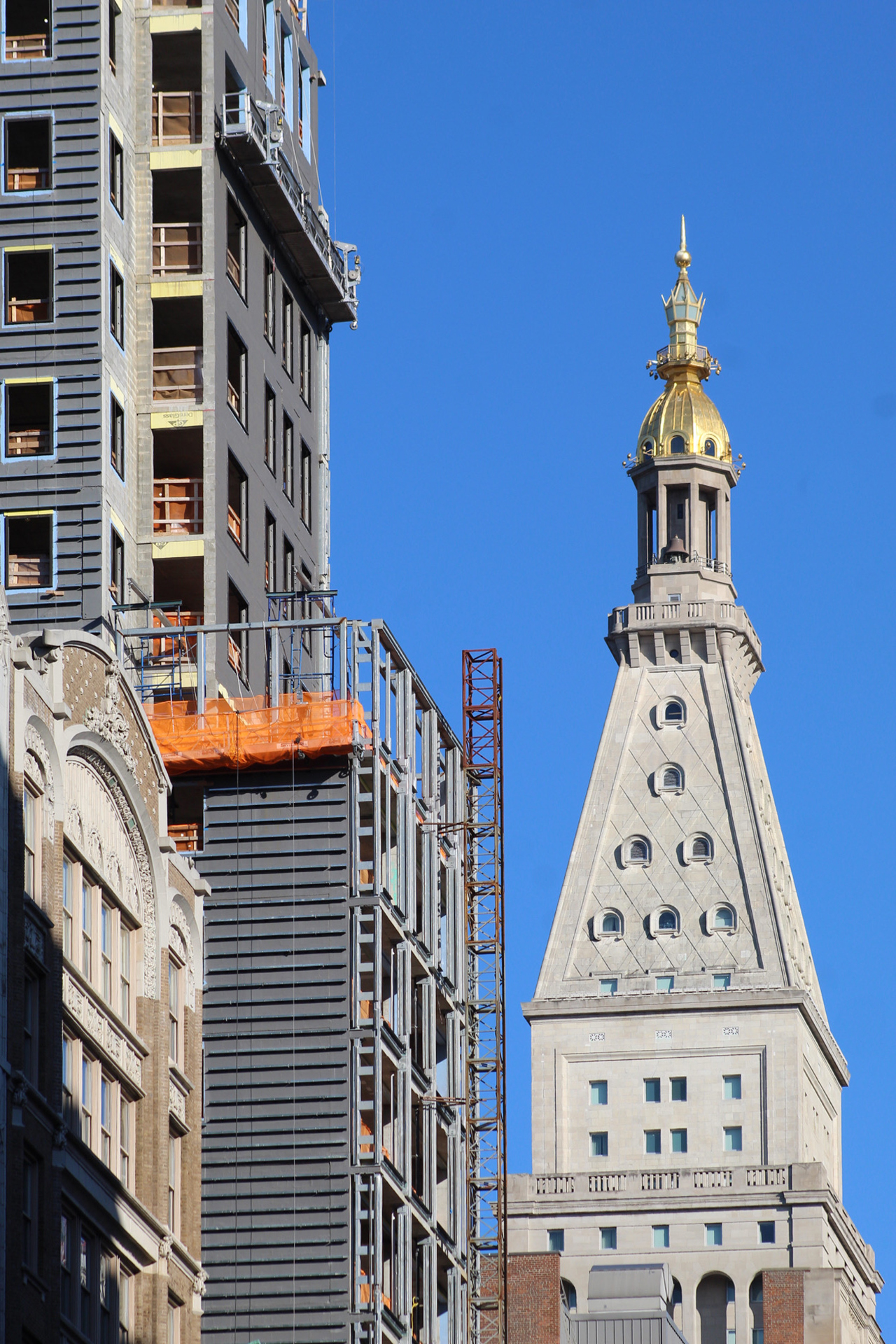
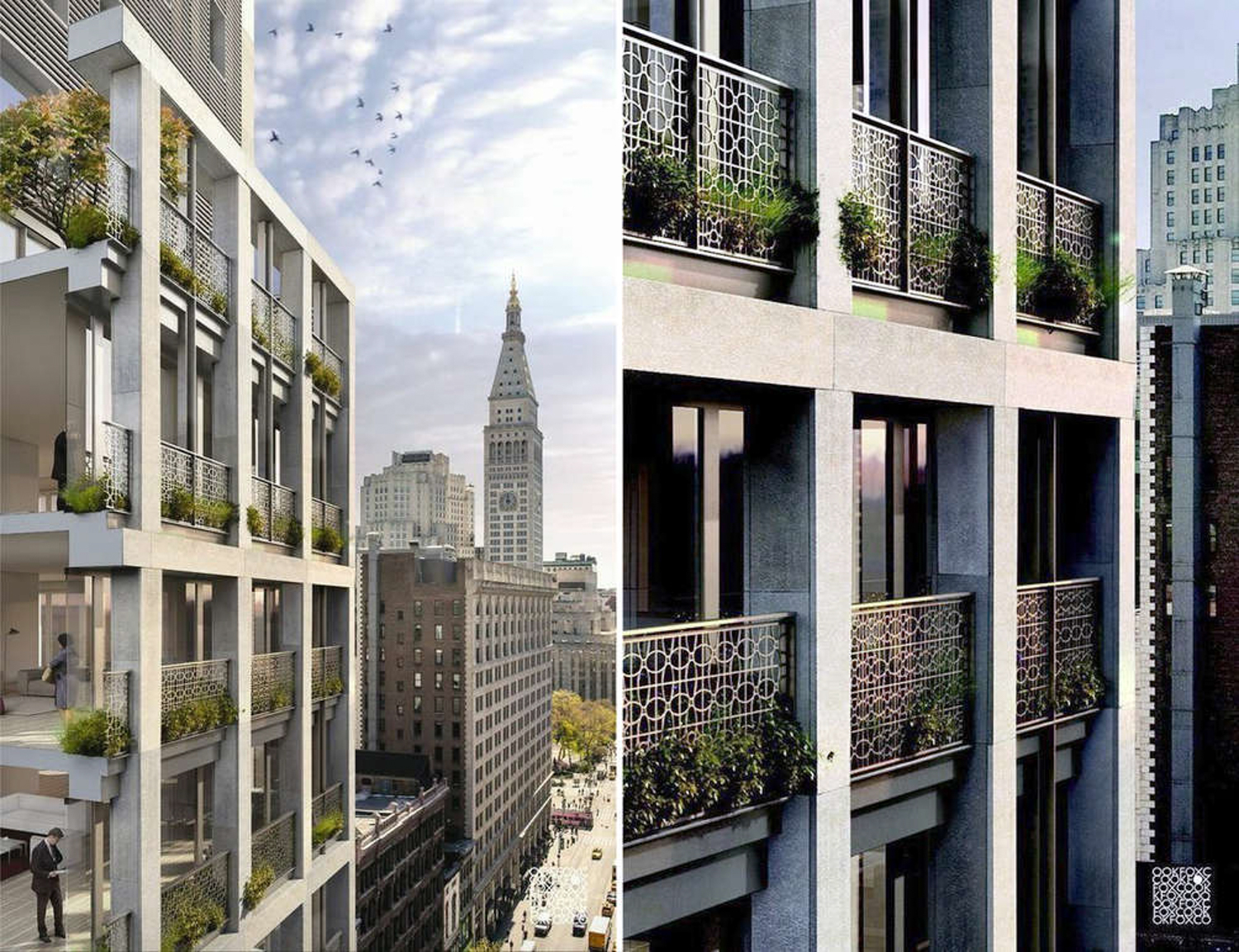
 The Spiral. Photo by Michael Young
The Spiral. Photo by Michael Young Photo by Michael Young
Photo by Michael Young
